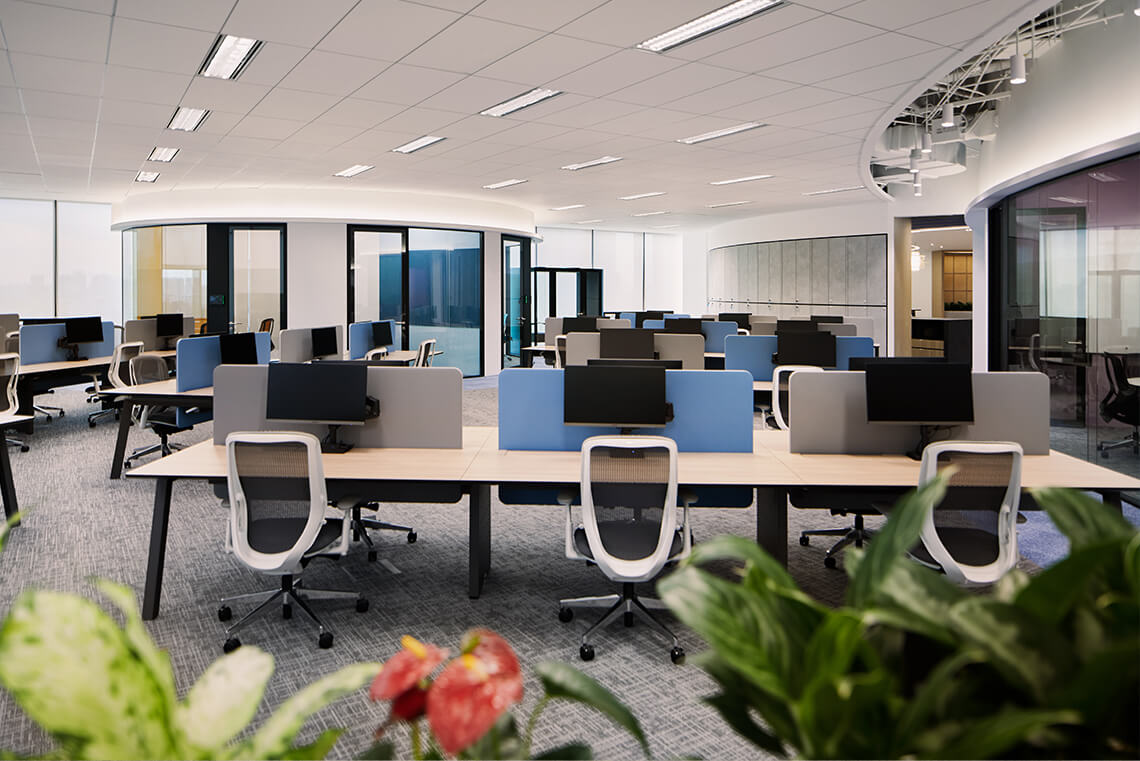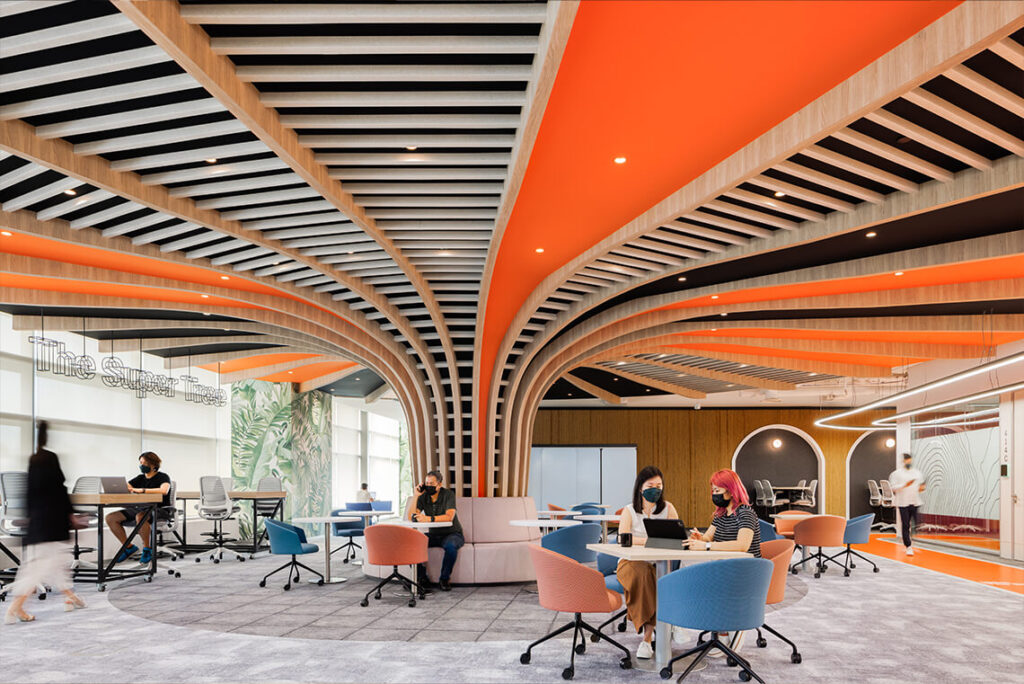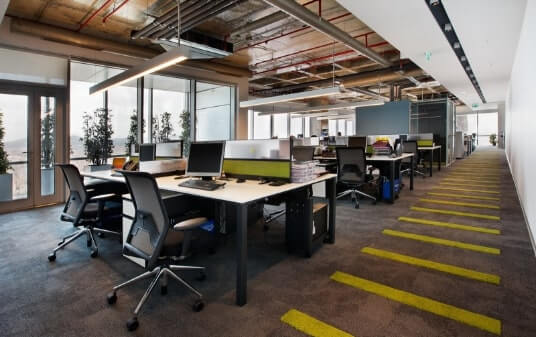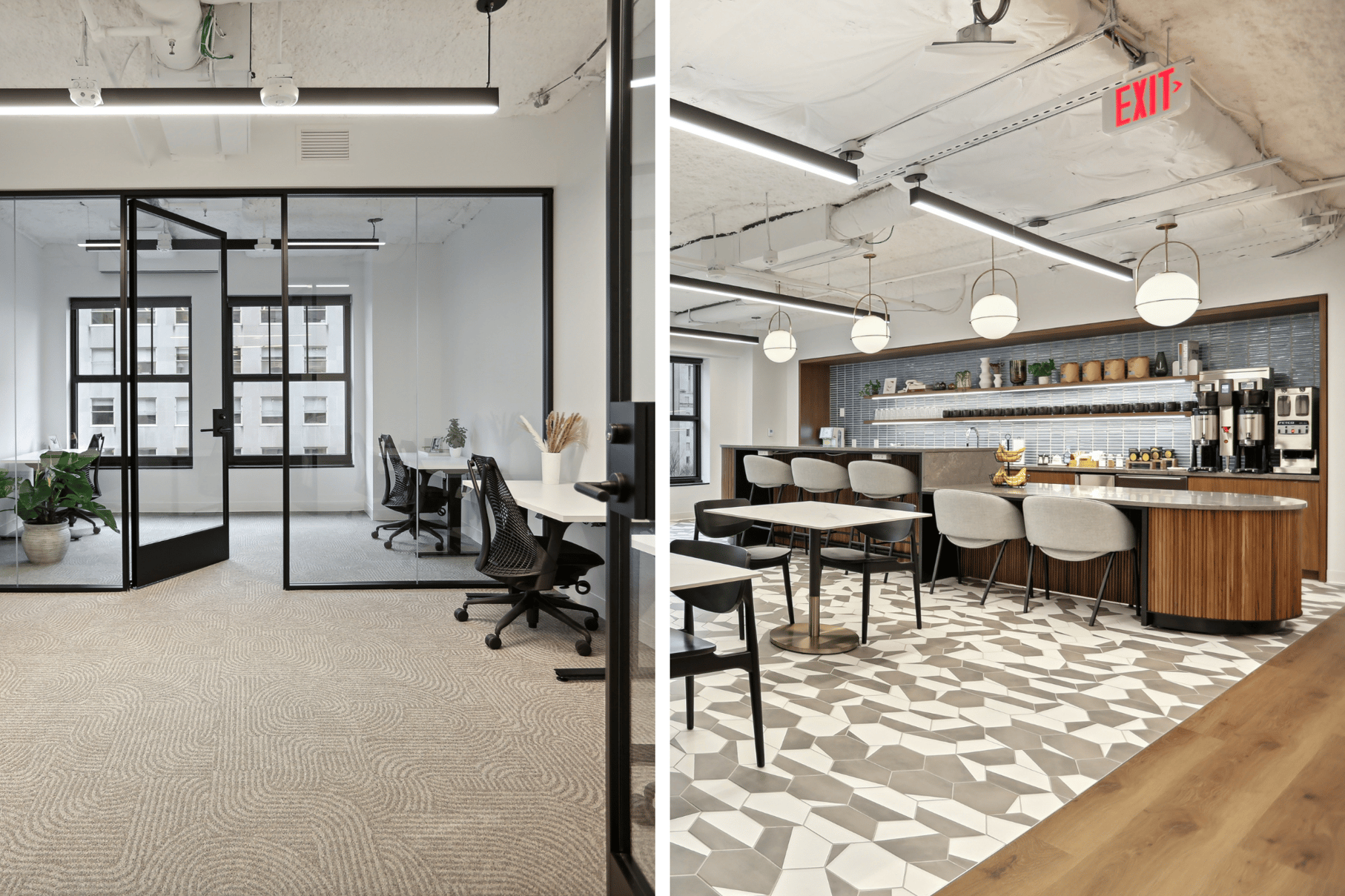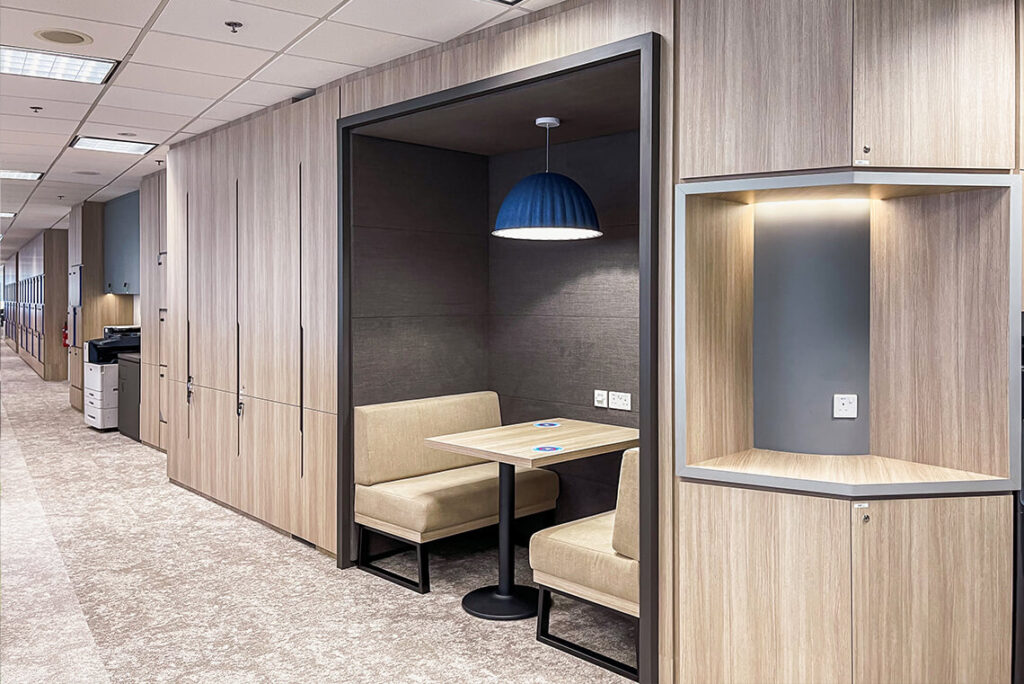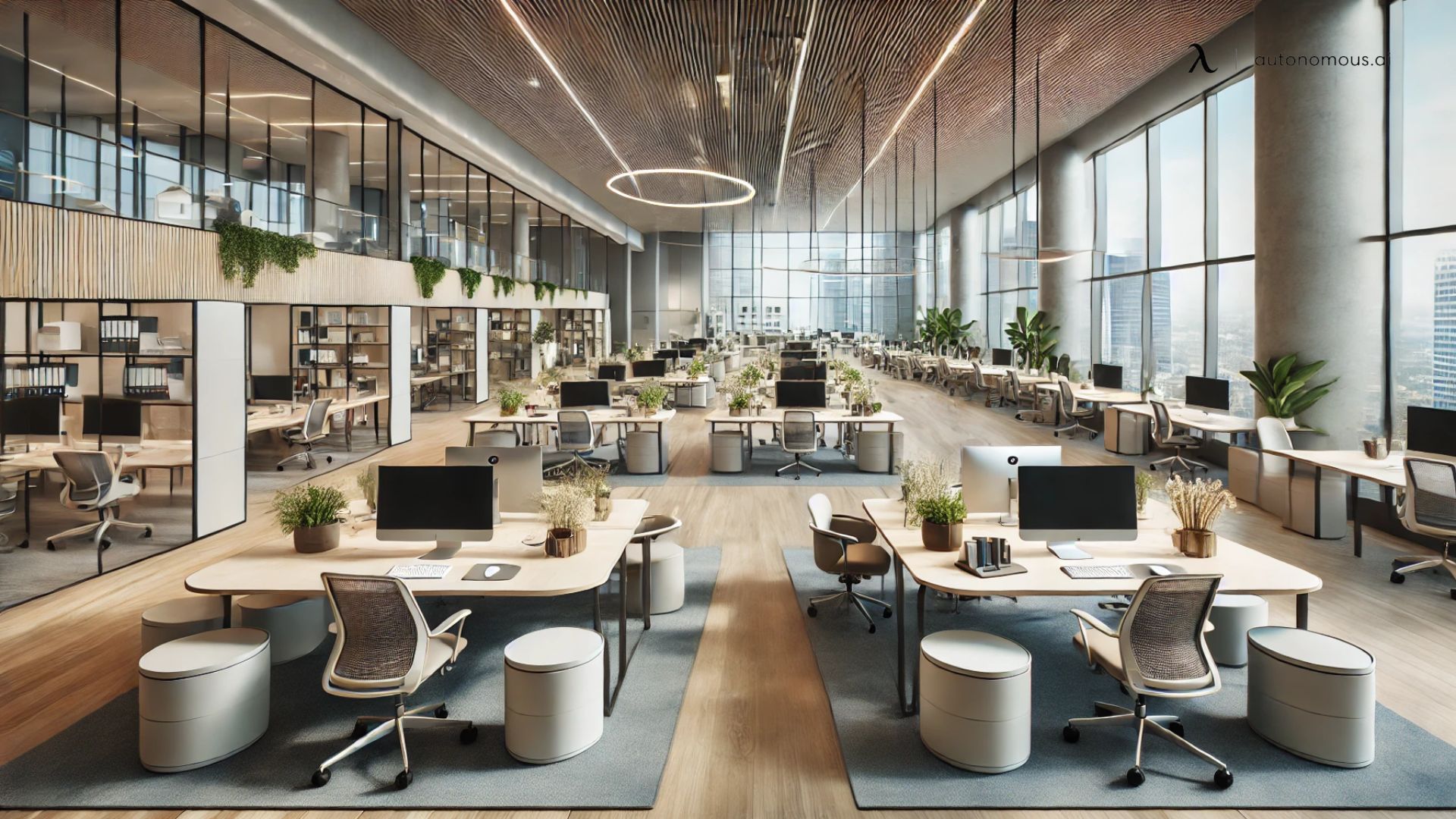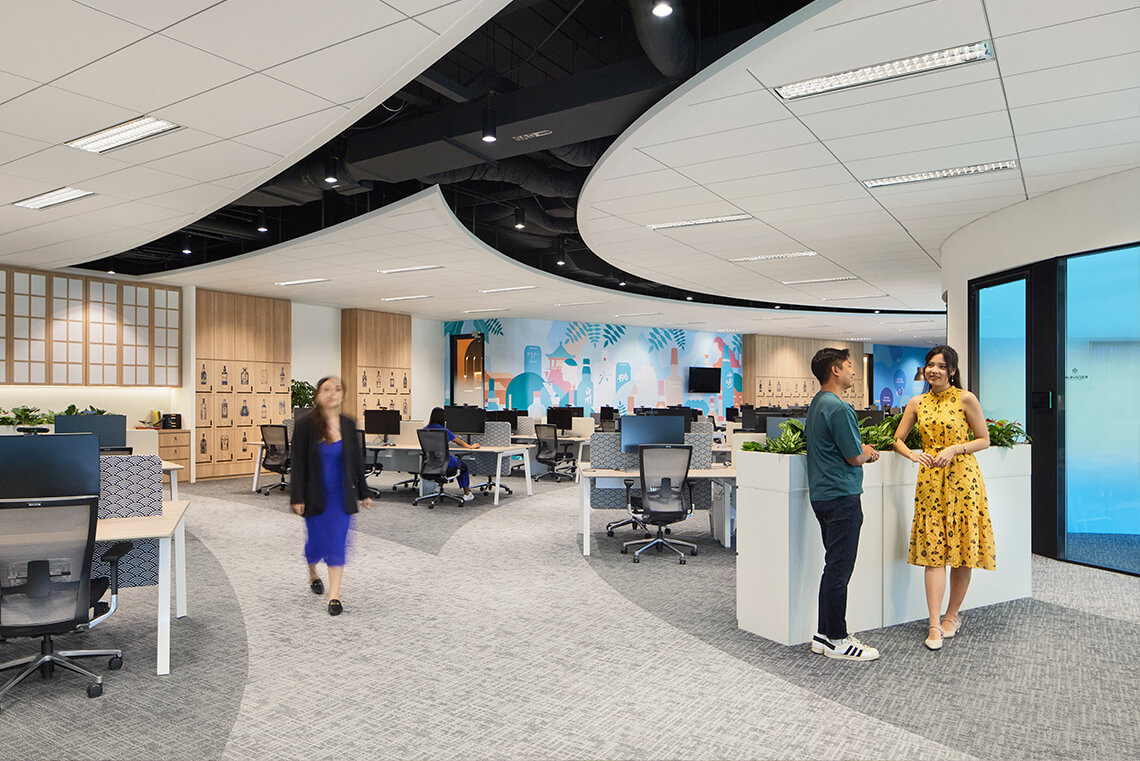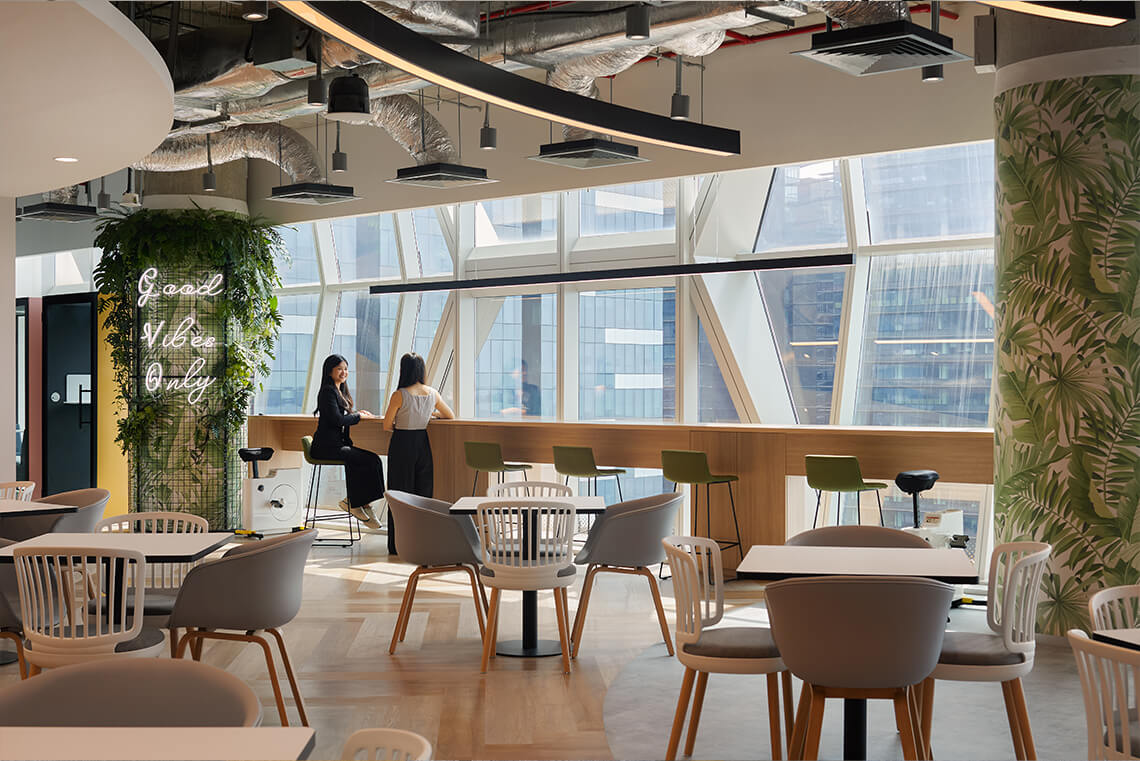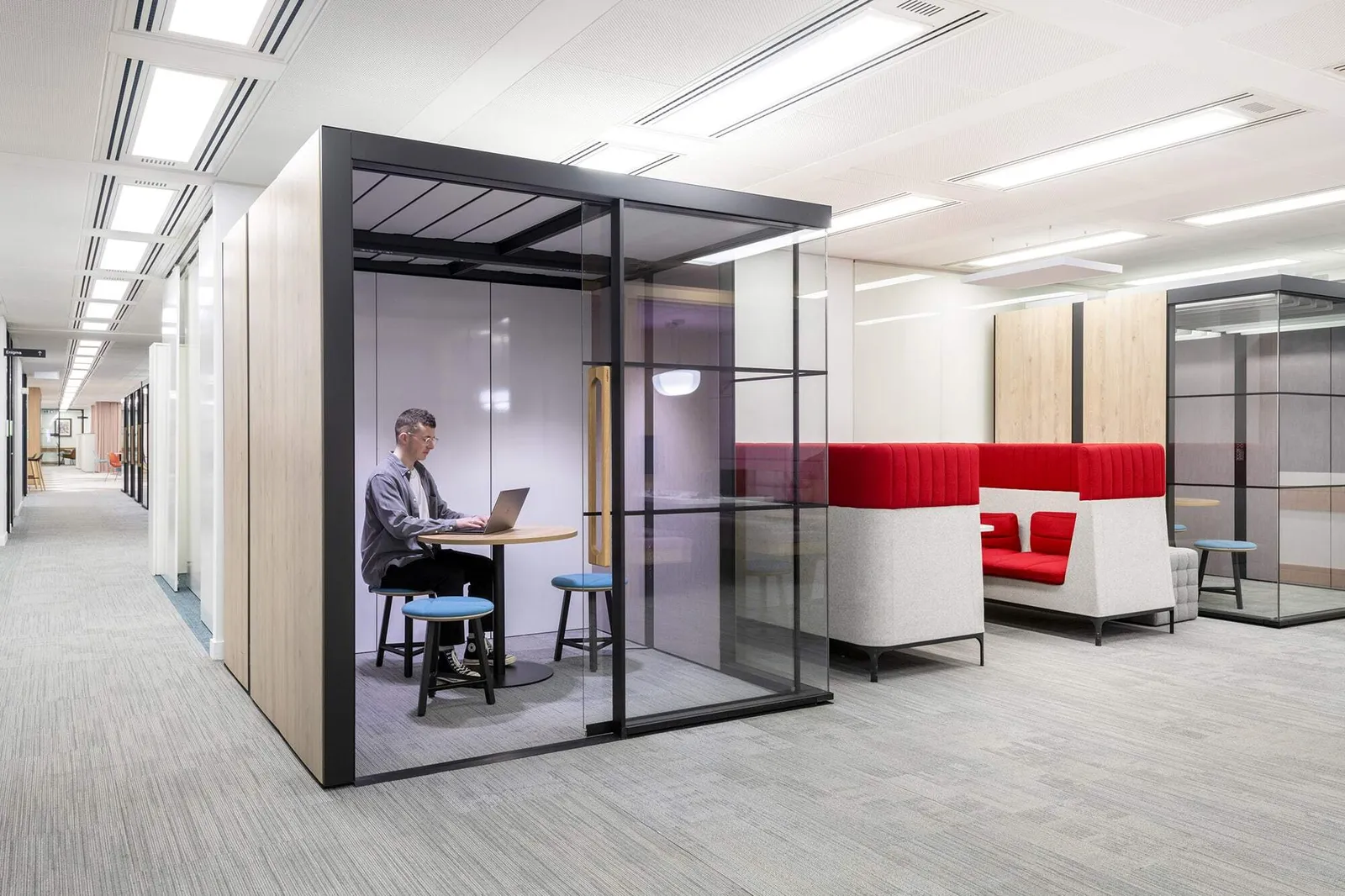Best Office Layout For Productivity

Let's face it, office space costs are a killer. We, the cost-conscious clan, need to squeeze every ounce of productivity from our square footage without breaking the bank.
This article is your battle plan. We're diving deep into office layouts that boost output, not just look pretty, with a laser focus on affordability.
Why the Right Layout Matters (Especially to Your Wallet)
A poorly designed office is a money pit. Lost productivity, employee dissatisfaction, and higher turnover all impact your bottom line.
A smart layout, on the other hand, fosters collaboration, reduces distractions, and keeps employees happy (and working!). That directly translates into increased profits.
Layout Options: Budget-Friendly Breakdown
Forget fancy design firms. We're talking practical solutions, adaptable to various budgets and needs.
1. Open Plan (The "Maybe Free" Option)
Pros: Cheap (potentially just rearranging existing furniture), promotes collaboration (in theory). Cons: Noise, distractions, privacy concerns (leading to decreased focus).
Best For: Startups on a shoestring budget, teams requiring constant communication. Think call centers, not research labs.
2. Hybrid (The Sensible Compromise)
Pros: Balances collaboration and privacy, can be implemented gradually. Cons: Requires careful planning, can be more expensive than a purely open plan (dividers, quiet zones).
Best For: Growing companies with diverse teams, organizations that value both teamwork and individual focus. Think marketing departments, software companies.
3. Modular (The Investment That Pays Off)
Pros: Highly flexible, easily adaptable to changing needs, can improve employee satisfaction (personalized workspaces). Cons: Higher upfront cost, requires more space.
Best For: Established businesses with long-term growth plans, companies that prioritize employee well-being. Think law firms, established tech companies.
Detailed Reviews: The Nitty-Gritty
Open Plan: Bare Bones vs. Budget Boosters
Bare Bones: Simply removing walls and desks. Pros: Absolutely minimal cost. Cons: Chaos and plummeting productivity are real risks.
Budget Boosters: Invest in good quality noise-canceling headphones, strategic placement of plants for visual barriers, and designated quiet zones. These are your mitigation strategies!
Hybrid: Mixing It Up for Maximum Impact
Low-Cost Hybrid: Repurpose existing cubicles, add standing desks and communal tables. Consider acoustic panels (even DIY versions!) to control noise.
Mid-Range Hybrid: Invest in adjustable height desks, portable room dividers, and sound-absorbing materials. Focus on creating functional and flexible spaces.
Modular: A System That Grows With You
Entry-Level Modular: Opt for basic, standardized modular furniture systems. Prioritize functionality and durability over aesthetics.
Premium Modular: Invest in high-quality, customizable systems that can be reconfigured as needed. This offers maximum flexibility and longevity.
Side-by-Side Specs Table
| Layout Type | Initial Cost | Productivity Impact | Noise Level | Flexibility | Maintenance Cost |
|---|---|---|---|---|---|
| Open Plan | Low | Variable (potentially negative) | High | High | Low |
| Hybrid | Medium | Medium to High | Medium | Medium | Medium |
| Modular | High | High | Low to Medium | Very High | Medium to High |
Note: Productivity impact is subjective and depends on the specific team and task.
Customer Satisfaction Survey Data (Hypothetical!)
We surveyed employees in various office environments to gauge their satisfaction and productivity levels.
- Open Plan: 30% reported increased collaboration, 60% reported increased distractions, 10% were neutral.
- Hybrid: 70% reported a good balance of collaboration and focus, 20% felt some limitations in privacy, 10% were neutral.
- Modular: 85% reported increased productivity due to personalized workspaces, 10% found the initial configuration process cumbersome, 5% were neutral.
Maintenance Cost Projections
Maintenance costs are often overlooked. Here’s a simplified projection.
- Open Plan: Minimal cleaning costs. Occasional repairs to shared furniture.
- Hybrid: Increased cleaning costs due to dividers and shared spaces. Repairs to adjustable furniture components.
- Modular: Higher cleaning costs. Potential repairs or replacements of modular components.
Key Takeaways: Your Path to a Productive (and Affordable) Office
The "best" office layout isn't one-size-fits-all. It depends on your company culture, budget, and the specific needs of your employees.
Don't be afraid to experiment and gather feedback. Regularly assess the effectiveness of your layout and make adjustments as needed.
Remember, a productive office is an investment. Prioritize functionality and employee well-being, and the ROI will follow.
Call to Action
Ready to transform your office into a productivity powerhouse? Start by assessing your current needs and budget. Use the information in this article to make an informed decision and create a workspace that works for you (and your bottom line!). Contact furniture suppliers for quotes today!
Frequently Asked Questions (FAQ)
Q: Is open plan always bad? A: Not necessarily. If you have a highly collaborative team and can effectively manage noise and distractions, it can be a viable option. But proceed with caution.
Q: How can I make an open plan more private? A: Invest in noise-canceling headphones, install acoustic panels, and create designated quiet zones.
Q: What's the best way to implement a hybrid layout? A: Start with a pilot project. Test different configurations and gather feedback from employees before making wholesale changes.
Q: Is modular furniture really worth the cost? A: If you anticipate future growth and need a flexible workspace, modular furniture can be a valuable long-term investment.
Q: How often should I re-evaluate my office layout? A: At least once a year. As your company grows and evolves, your office needs may change.
